Vegetarian Indian Recipes for Managing Acidity
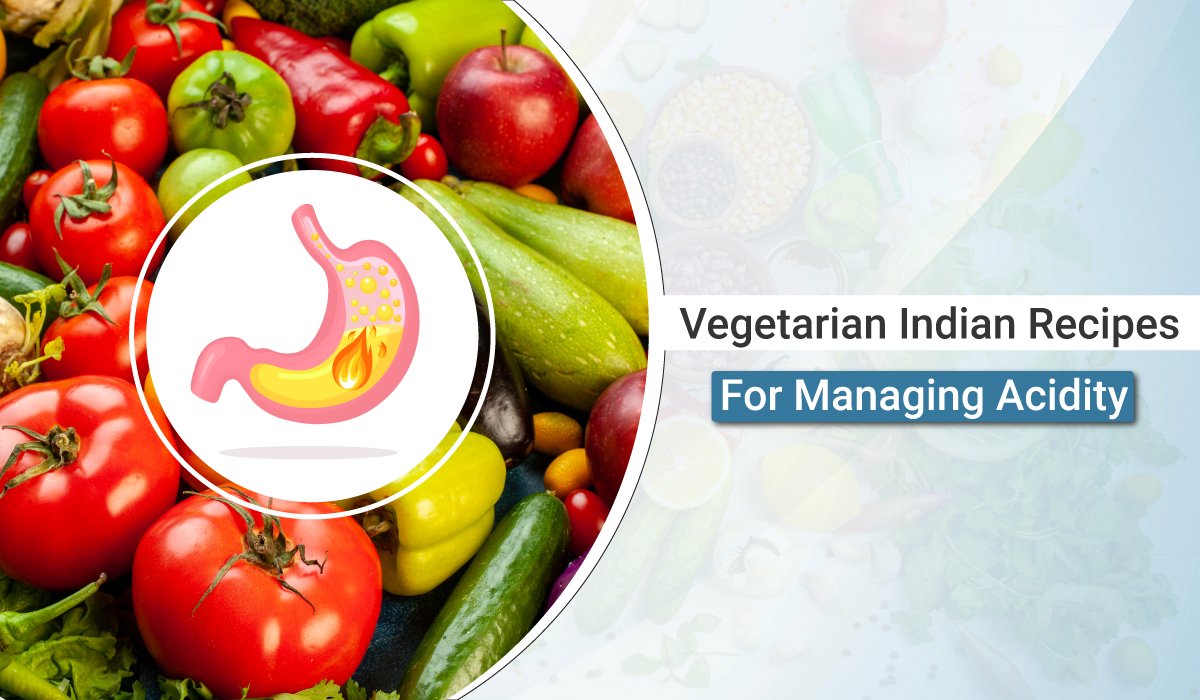
Discover the Hidden Culprit Behind Your Health Issues: Acidity. Don’t let the high level of acid in your body lead to health problems anymore. The pH scale measures the level of acid in your body, and factors such as your diet, lifestyle, and medical conditions can cause your acidity levels to soar. But fear not! Learn how to combat acidity with simple diet changes and lifestyle habits. You’ll be amazed at how better digestion and overall health can be yours.
What are acidity and its causes?
Acidity is a term used to describe the level of acid in the body, which is measured on the pH scale. The pH scale ranges from 0 to 14, with 7 being neutral. A pH level below 7 is considered acidic, while a pH level above 7 is considered alkaline.
There are various factors that can cause high levels of acidity in the body. Some common causes include a diet high in acidic foods, such as processed and fried foods, alcohol consumption, smoking, stress, lack of exercise, and medical conditions such as GERD (gastroesophageal reflux disease) or kidney disease. When the body’s acidity levels become too high, it can lead to health problems such as heartburn, acid reflux, and inflammation.
Indian cuisine and its use of acidity-reducing ingredients
Indian cuisine is known for its use of spices and ingredients that have acidity-reducing properties. The use of these ingredients is rooted in the ancient Indian system of medicine called Ayurveda, which emphasizes the importance of balancing the body’s doshas (energies) for good health. Some common Indian ingredients that help reduce acidity include:
Yogurt: Yogurt is rich in probiotics, which can help improve gut health and reduce acidity. It is often used in Indian cuisine as a marinade or as a base for sauces and dips.

Coconut milk: Coconut milk is a rich source of healthy fats and is known for its cooling properties, which can help reduce acidity. It is commonly used in South Indian cuisine in dishes like curries and stews.

Turmeric: Turmeric is a spice that is rich in antioxidants and has anti-inflammatory properties. It is often used in Indian cooking as a seasoning and is known for its ability to help reduce acidity.

Cumin: Cumin is a spice that is commonly used in Indian cooking and is known for its acidity-reducing properties. It is often used in spice blends and curry powders.

Coriander: Coriander is an herb that is commonly used in Indian cooking and is known for its ability to help reduce acidity. It is often used as a seasoning in curries and chutneys.

Food Guide for Acidity
Acidic foods are those that have a low pH level, meaning they are more acidic. These foods can aggravate acidity and acid reflux symptoms, leading to discomfort and potential health problems. Examples of acidic foods include citrus fruits like lemons, oranges, and grapefruits, as well as tomatoes, onions, garlic, mushrooms, and high-fat dairy products.
Alkaline foods are those that have a high pH level, meaning they are more alkaline. These foods can help reduce acidity and alleviate reflux symptoms. Examples of alkaline foods include apples, bananas, berries, melons, leafy greens, broccoli, cauliflower, cucumbers, peppers, and low-fat dairy products.
| Food Group | Acidic | Alkaline |
| Fruits | Citrus fruits (lemons, oranges, grapefruits) | Apples, bananas, berries, melons, pears |
| Vegetables | Tomatoes, onions, garlic, mushrooms | Leafy greens, broccoli, cauliflower, cucumbers, peppers |
| Grains | Wheat, white flour, pasta, rice | Quinoa, millet, oats, brown rice |
| Proteins | Beef, pork, poultry, fish | Beans, lentils, tofu |
| Dairy | Cheese, ice cream, whole milk | Low-fat milk, yogurt |
| Nuts and Seeds | Peanuts, cashews, walnuts | Almonds, chia seeds, flax seeds |
It is important to note that some foods may have a different pH level when consumed compared to their natural pH level. For example, citrus fruits are naturally acidic but can have an alkalizing effect on the body when consumed.
In general, a diet that includes more alkaline foods and fewer acidic foods can help manage acidity and reflux symptoms. However, it is important to consult with a healthcare professional for personalized dietary recommendations.
Cereals and Flours for Acidity
Cereals and flours play an important role in our diet, and some of them can be beneficial for people with acidity. Cereals like jowar and bajra are considered to be most alkaline and thus good for the gut. Jowar flour is alkaline in nature and can help counter acidity. Bajra rotla with a sabzi of your choice is a good option for people with acidity. Other cereals and flours that can be consumed in moderation include wheat, rice, dry corn, oats, brown rice, buckwheat, and ragi. It is important to combine these acidic foods with other alkaline foods like vegetables to balance the pH levels in the body. Here are three recipes that can be made using low-acid cereals and flours:
Bajra Khichdi: This is a simple and healthy recipe that can be made using bajra and moong dal. It is easy to digest and can help reduce acidity. To make this recipe, soak bajra and moong dal for a few hours. Then, cook them in a pressure cooker with some water, salt, and turmeric powder. Serve hot with some ghee.

Jowar Roti: This is a popular Indian bread that is made using jowar flour. It is gluten-free and can be consumed by people with gluten intolerance. To make this recipe, mix jowar flour with some water and knead it into a dough. Then, roll out the dough into rotis and cook them on a tawa. Serve hot with some sabzi.
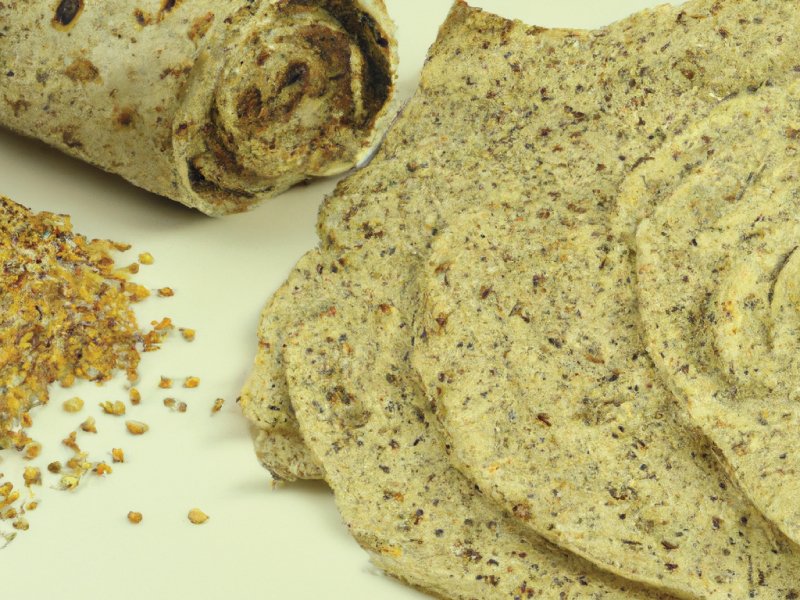
Ragi Dosa: This is a healthy and delicious recipe that can be made using ragi flour. It is rich in calcium and can help reduce acidity. To make this recipe, mix ragi flour with some water and let it ferment overnight. Then, add some salt and water to the batter and make dosas on a tawa. Serve hot with some chutney.
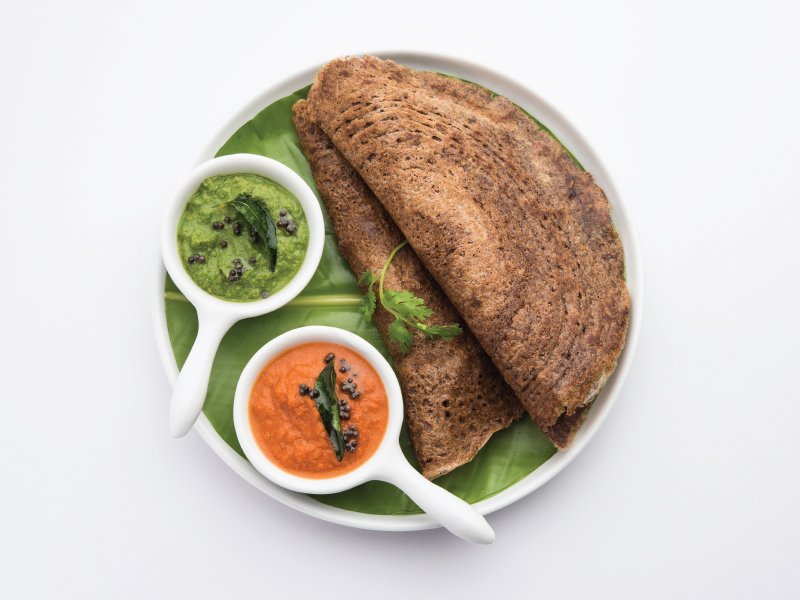
It is important to avoid spicy and fried foods, pickles, chocolate, MSG, margarine, fermented foods, confectionary, mithai, sugar, artificial sweeteners, non-veg foods, eggs, and other processed foods.
Dals And Pulses for Acidity
Dals and pulses are an important part of the Indian diet, and they can be consumed in moderation by people with acidity. Dals are not very acidic, and some whole pulses like chickpeas and kidney beans are slightly acidic. However, they can still be consumed in moderation. Here are three recipes that can be made using low-acid dals and pulses:
Hariyali Dal: This is a healthy and delicious recipe that can be made using masoor dal and lots of greens. It is ideal for people with acidity. To make this recipe, cook masoor dal with some water, salt, and turmeric powder. Then, add a paste of coriander leaves, mint leaves, green chillies, and ginger to the dal. Serve hot with some rice or roti.
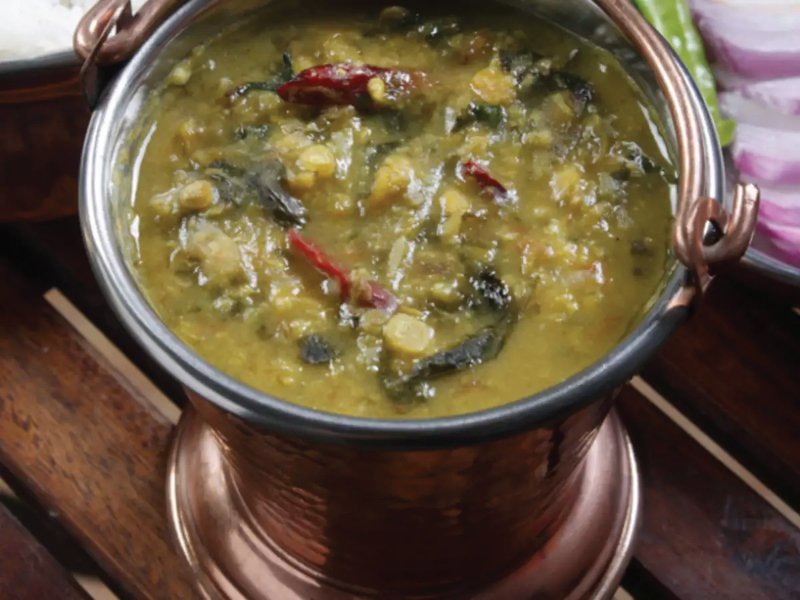
Mixed Dal: This is a simple and tasty recipe that can be made using a mixture of three dals. It is perked up with tomatoes, onions, and other ingredients, which give it a fabulous flavor. Since spicy meals trigger and aggravate acidity, this mixed dal uses very little green chillies. To make this recipe, cook a mixture of three dals with some water, salt, and turmeric powder. Then, add some tomatoes, onions, and other ingredients to the dal. Serve hot with some rice or roti.

Rajma Masala: This is a popular North Indian recipe that can be made using kidney beans. It is rich in protein and can help reduce acidity. To make this recipe, soak kidney beans overnight and then cook them in a pressure cooker with some water, salt, and turmeric powder. Then, add some tomatoes, onions, and other ingredients to the kidney beans. Serve hot with some rice or roti.

It is important to avoid spicy and fried foods, pickles, chocolate, MSG, margarine, fermented foods, confectionary, mithai, sugar, artificial sweeteners, non-veg foods, eggs, and other processed foods
Vegetables for Acidity
Vegetables are an important part of a healthy diet, and they can play a role in managing acidity and reflux symptoms. Some vegetables can aggravate acidity and should be consumed in moderation, while others can help reduce acidity and alleviate symptoms.
Vegetables that are high in acid, such as tomatoes, onions, garlic, and mushrooms, can irritate the stomach lining and worsen acid reflux symptoms. However, vegetables that are alkaline, such as leafy greens, broccoli, cauliflower, cucumbers, and peppers, can help neutralize acid in the stomach and alleviate symptoms.
Here are three recipe ideas for incorporating alkaline vegetables into your diet:
Grilled Vegetable Skewers: Cut up alkaline vegetables such as bell peppers, zucchini, and eggplant into bite-sized pieces and skewer them. Brush them with a mixture of olive oil, lemon juice, and your favorite herbs and spices, then grill until tender.

Broccoli and Cauliflower Soup: Boil broccoli and cauliflower until tender, then puree with vegetable broth and your choice of herbs and spices. Top with a dollop of low-fat yogurt or sour cream for added creaminess.

Cucumber and Avocado Salad: Combine sliced cucumbers, diced avocado, and chopped fresh herbs such as parsley and cilantro. Dress with a mixture of olive oil, lemon juice, and a pinch of salt and pepper.
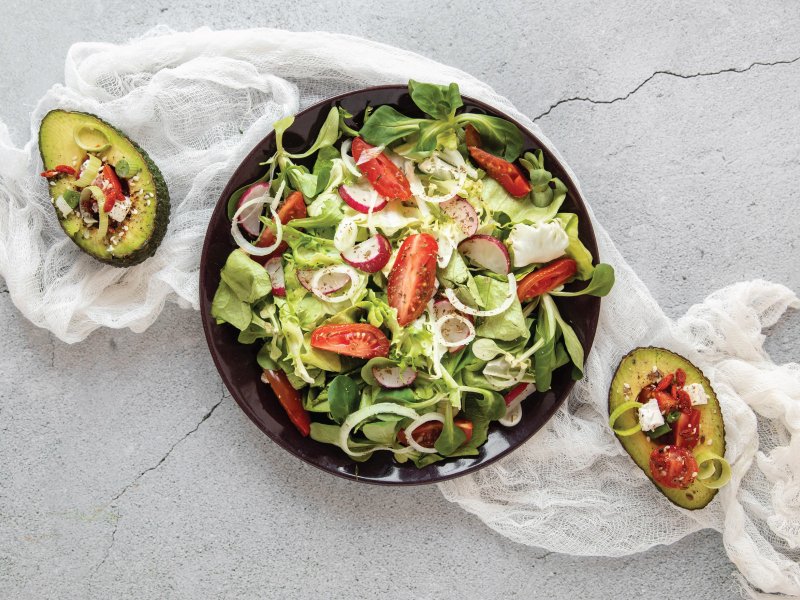
Incorporating more alkaline vegetables into your diet and consuming acid-forming vegetables in moderation can help manage acidity and reflux symptoms. It is important to consult with a healthcare professional for personalized dietary recommendations.
Dairy Products for Acidity
Dairy products can be beneficial for people with acidity, but it is important to choose low-fat options. High-fat dairy products like whole milk and yogurt can relax the sphincter, potentially leading to heartburn. However, low-fat dairy products like skim milk, low-fat yogurt, and low-fat cheese can be consumed in moderation. Dairy products are a good source of calcium, which is important for bone health. Some dairy products like yogurt also contain probiotics or “good” bacteria that can improve gut health. Here are two recipes that can be made using low-fat dairy products:
Low-Fat Yogurt Smoothie: This is a healthy and refreshing recipe that can be made using low-fat yogurt and fresh fruits. To make this recipe, blend low-fat yogurt with some fresh fruits like bananas, strawberries, and blueberries. Add some honey or maple syrup for sweetness. Serve chilled.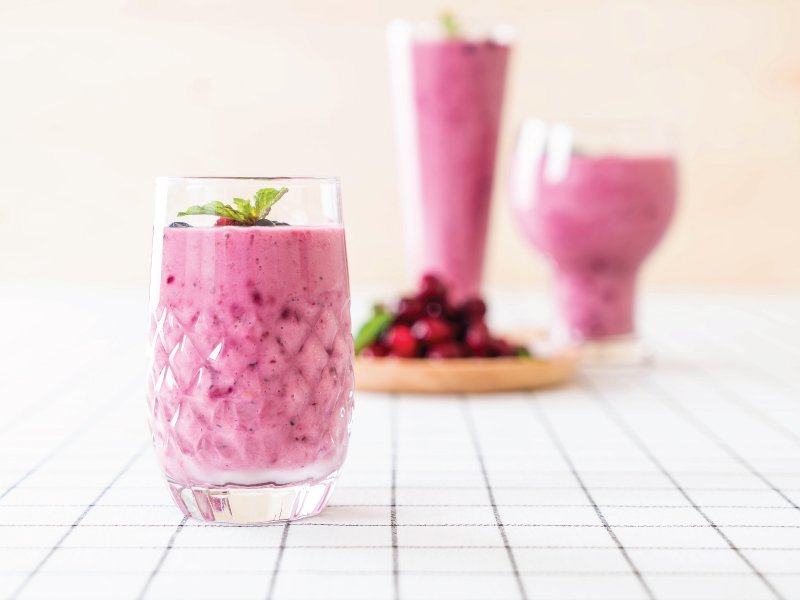
Low-Fat Paneer Bhurji: This is a delicious and healthy recipe that can be made using low-fat paneer. It is a good source of protein and can help reduce acidity. To make this recipe, crumble low-fat paneer and sauté it with some onions, tomatoes, and spices. Serve hot with some roti or rice.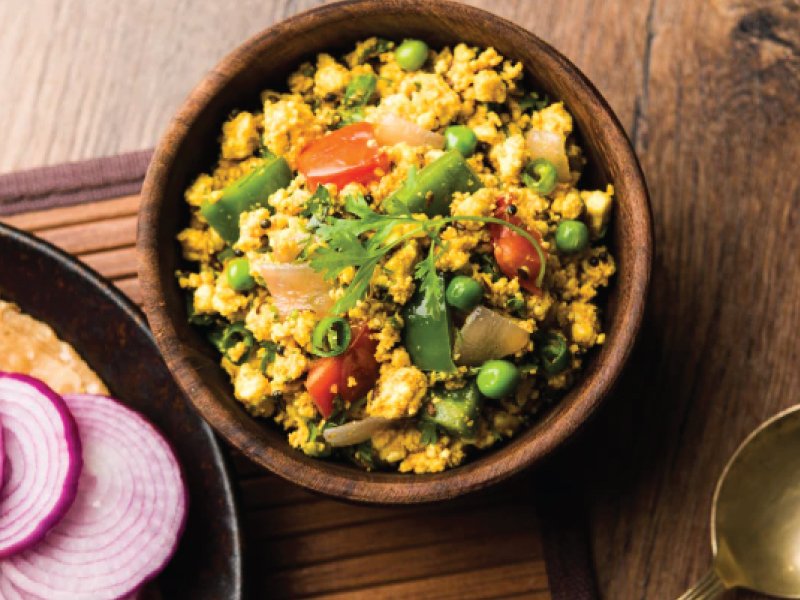
Fruits for Acidity
Fruits are an important part of a healthy diet, and some fruits can be beneficial for people with acidity. Fruits that are low in acid can help reduce acidity. Some low-acid fruits that can be consumed include bananas, melons, apples, pears, and berries. These fruits are easy to digest and are less likely to trigger reflux symptoms. Watermelon and honeydew melon are also good options as they have a mild pH and are unlikely to trigger acid reflux symptoms. Here are two recipes that can be made using low-acid fruits:
Banana Smoothie: This is a healthy and delicious recipe that can be made using bananas and low-fat yogurt. To make this recipe, blend bananas with low-fat yogurt and some honey or maple syrup for sweetness. Add some ice cubes and blend until smooth. Serve chilled.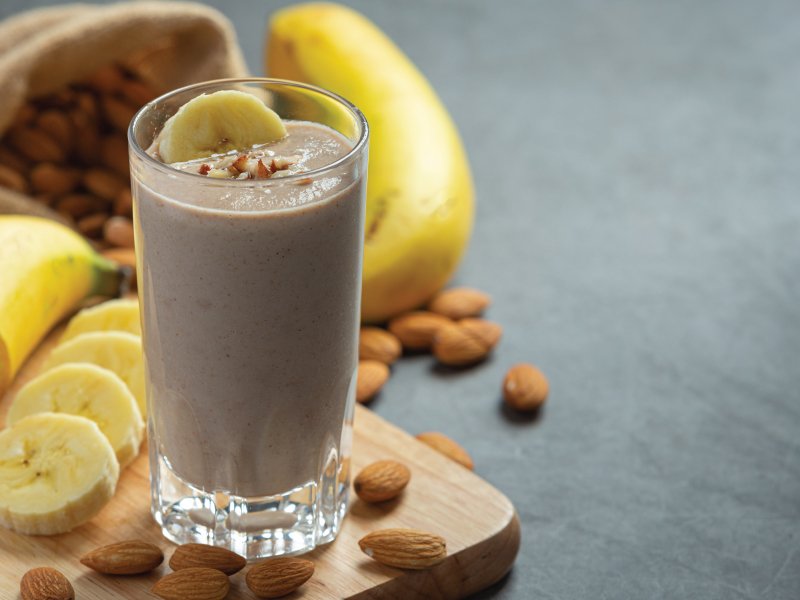
Melon Salad: This is a refreshing and healthy recipe that can be made using melons and other fruits. To make this recipe, cut up some melons like watermelon, honeydew melon, and cantaloupe into small pieces. Add some berries like strawberries and blueberries. Drizzle some honey or maple syrup for sweetness. Serve chilled.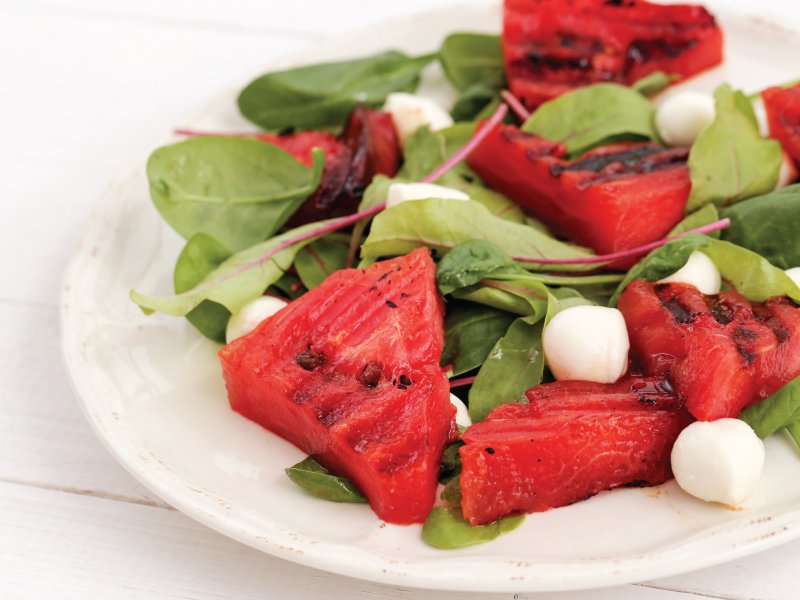
In conclusion,
This food guide for acidity provides a comprehensive list of foods that can help manage acidity and reflux symptoms. By incorporating alkaline foods such as vegetables, fruits, and whole grains, and limiting acidic foods such as processed foods and meats, individuals can take a proactive approach to managing their digestive health. However, it is important to consult with a gastrologist or healthcare professional for personalized dietary recommendations, especially for those with underlying medical conditions. A healthcare professional can provide tailored advice on which foods to avoid or include in one’s diet based on individual needs and health status. By following this food guide and working with a healthcare professional, individuals can take control of their digestive health and improve their overall well-being.
